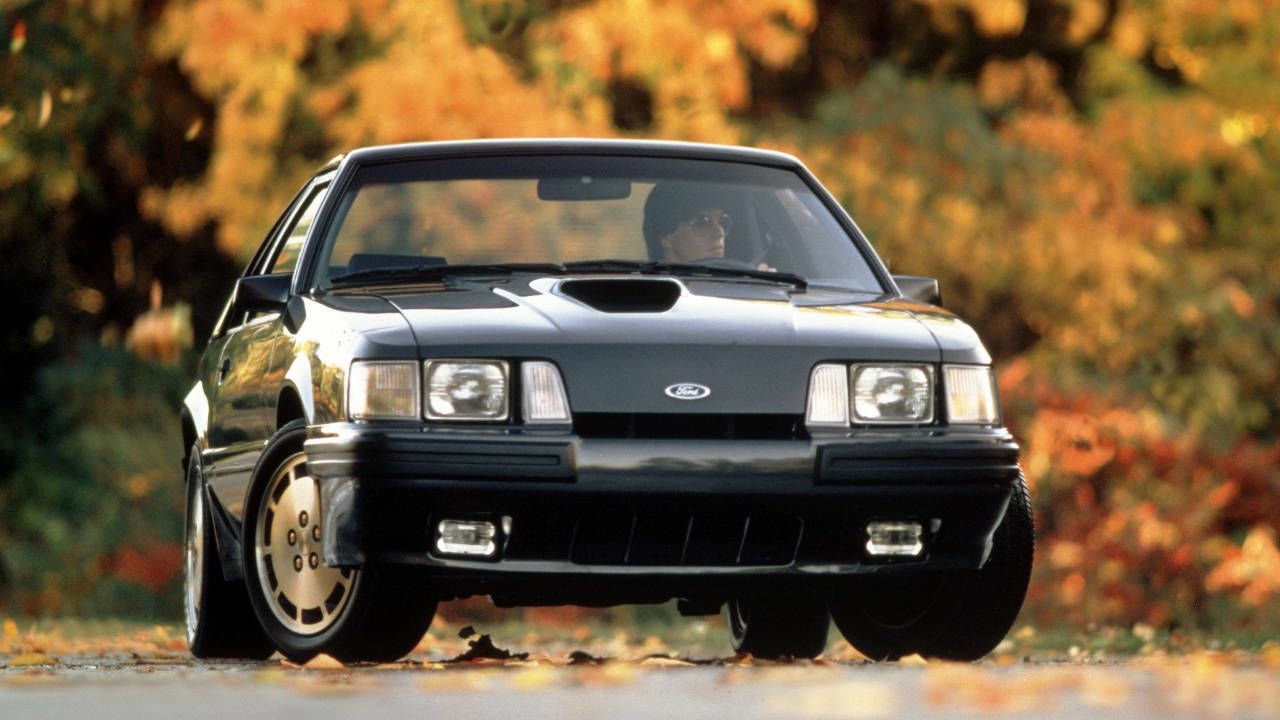

Turbo cars generally need to run richer than normally aspirated motors to stay safe, and you will need uprated injectors and fuel pumps when you seriously increase the power. Getting the fuelling right is incredibly important on a turbocharged car it makes the difference between a quick car, and a quick car that blows up/melts. The downside is the jet like noise it can produce, so you may fail track day noise limits. Exhaust gas only goes down the screamer once maximum boost has been achieved, then it gets incredibly loud it screams.Īn advantage of a screamer is that less gas will be going down your main exhaust system. If you have a massive turbo that doesn’t kick in till high rpm, injecting nitrous at low rpm will bring it on boost far faster.Ī screamer pipe is an unsilenced exhaust that is separate from the main exhaust system and is fed via external wastegate/s. It’s also great for spooling big turbos up. Nitrous is mega cold, so when injected it cools the boost pressure hugely, far more than an intercooler and water injection could, increasing power far more than it would on a non-turbo engine. Nitrous is a good power booster on any engine, but on a turbo engine it has two other uses as well. The evaporating water absorbs loads of the heat from the pressurised air, bringing the temperature down to a safe level. It works by injecting a fine mist of water into your inlet pipe when on boost. On some cars fitting a decent sized intercooler is a nigh-on impossible job, so water injection is used for cooling the inlet charge. The most common uprated turbos are the ones that have larger compressor and exhaust housing, and while you lose a little low down power with these, you gain a lot of power overall. If you go for a larger compressor but the standard size exhaust housing, however, this can give more power but the small exhaust housing can be restrictive at high boost. If you fit a turbo with a larger exhaust housing it will give less exhaust back pressure which will increase your power, but at the expense of some low rpm power (increased lag). Some replacement turbos could be the same size as your current one, but are simply stronger and capable of running more boost pressure without failing.


Fitting a different turbo can give you more power, and there are various ways of going about it. It may well resemble two giant snail shells, that’s true, but it’s what gives you all that lovely boost you’re after. With further upgrades most engines can take even more boost, but don’t rush into it without knowing exactly what you’re getting into. Most turbo cars run about 7-10psi boost as standard (though some newer turbo cars run over 15psi as standard), and with some simple fuelling improvements (usually a replacement ECU chip) and boost upped another 5-8psi, the performance becomes improved hugely and safely for very little extra cash. It absolutely flies for a few moments, then BOOM, new engine please mother. Some racecars have run over 4bar (nearly 60psi!) boost, and that was fine for them, but that seems to give some people the idea they can bash on a bleed valve and wind up their turbo. There is no such thing as too much boost, just too much for YOUR engine and turbo. You get more power from upping the boost as that means more air is forced into your engine, and combined with extra fuel to match, means loads more power and torque.
#WHAT IS TURBO BOOST CAR UPGRADE#
Many factory intercoolers are inefficient, so an upgrade is often a good move, and as a general guide, the bigger and more in the line with the airflow, the better.īoost is the key to your engine’s power, but will also be the key to its destruction if you’re not careful. To cool the inlet charge (the air entering the engine) you need an intercooler, which works in the same way as a radiator, but with air running through it, not water. Another side effect of hot air is that it increases the chances of detonation, and that’s seriously bad for engine life. The hotter air is, the less dense it is, so the lower the proportion of oxygen content, which in turn means less power. One side effect of air going into the turbo is it’s also heated up, often to three times the heat it was when it entered the turbo. To teach you everything in exact detail would take an age, but to give you some idea, here are the turbo tuning basics.

And it’s not surprising, as it’s bloody complicated! We bet most of you have either owned a turbo car, or would love to own one, but we’re sure a lot of you aren’t too confident on what to do to make them faster once you’ve got one. This feature will help you to do it right… Turbo cars are amazing for big power, but modify them poorly and it will end in tears.


 0 kommentar(er)
0 kommentar(er)
